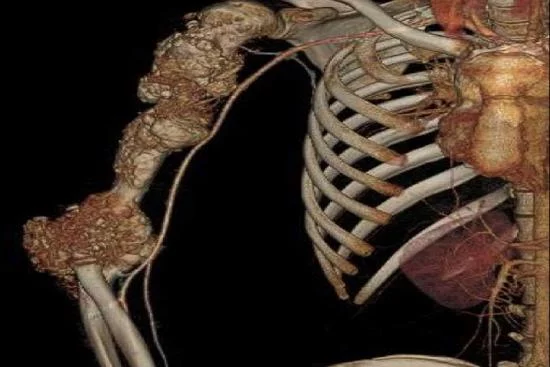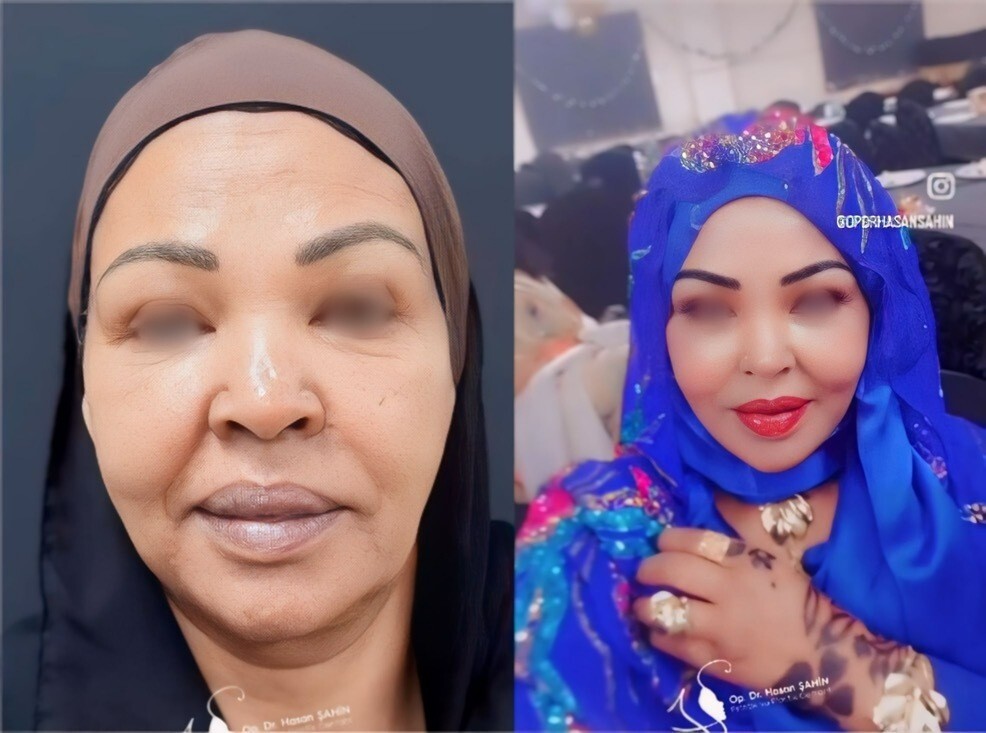Bone cancer is a rare but serious disease that develops when bone or cartilage cells grow out of control.
Thanks to advances in oncology research, treatments for bone cancer have made significant progress. In Turkey, patients are benefiting from multidisciplinary treatment that combines different approaches, offering better chances of cure and improved quality of life.









